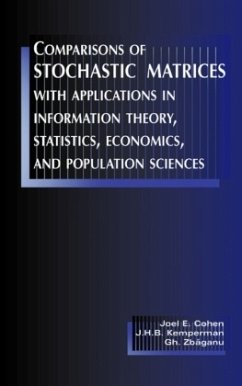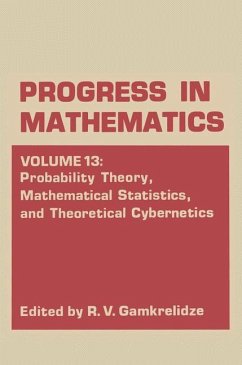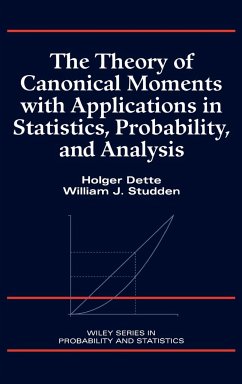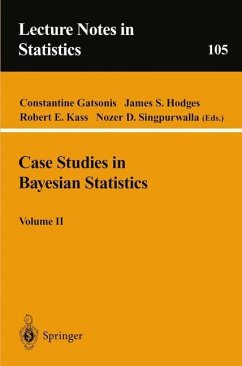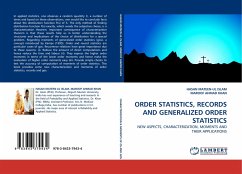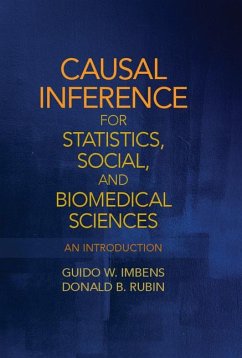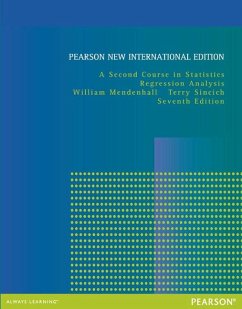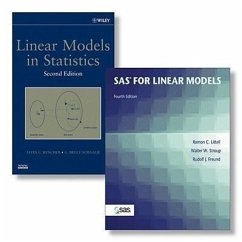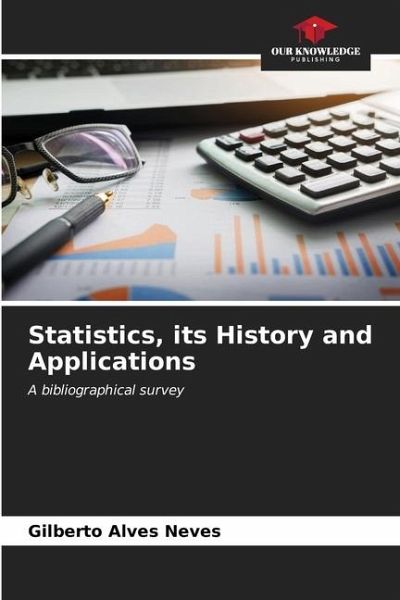
Statistics, its History and Applications
A bibliographical survey
Versandkostenfrei!
Versandfertig in 6-10 Tagen
27,99 €
inkl. MwSt.

PAYBACK Punkte
14 °P sammeln!
In non-technical language, without formulas and equations, but romanticised so that it can be read by those who until now have simply been applying statistics to software, solving exercises with pencil and paper, but know little (or nothing) about how this science, this art, this method and this technology came to be and how it can become an ally in the understanding and performance of every individual, company and institution. As Carlos Fiolhais rightly said, "Today as yesterday, statistics continues to be lightly evoked for everything and nothing, in one area and another... by the way and by...
In non-technical language, without formulas and equations, but romanticised so that it can be read by those who until now have simply been applying statistics to software, solving exercises with pencil and paper, but know little (or nothing) about how this science, this art, this method and this technology came to be and how it can become an ally in the understanding and performance of every individual, company and institution. As Carlos Fiolhais rightly said, "Today as yesterday, statistics continues to be lightly evoked for everything and nothing, in one area and another... by the way and by the way, often to justify the unjustifiable. Only a scientifically literate citizen... can be warned of the errors and abuses committed in the name of science." Whoops! On the other hand, many are amazed at how far the past has brought us and how the future may surprise us as researchers, investigators, teachers, students and users work seriously to make good use of and dignify statistics. The reader can begin this culture and engagement by getting to know a little of what is shared here. And who knows, maybe you'll be the next statistician. Happy reading!



